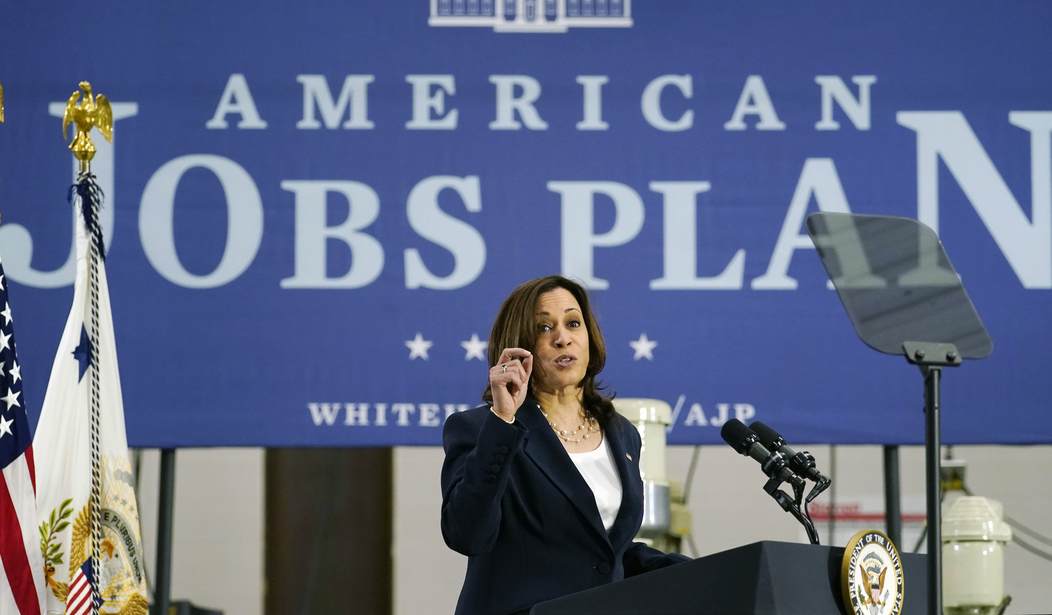Looks like January’s huge boom in jobs may not have been a fluke. According to the BLS, the US added another 311,000 jobs in February, while wage growth cooled just a tad. The U-3 unemployment rate ticked up slightly to 3.6% as the labor force grew by 419,000.
Once again, though, the lack of significant change to employment ratios after adding over 800,000 jobs in two months is pretty striking:
The number of persons jobless less than 5 weeks increased by 343,000 to 2.3 million in February, offsetting a decrease in the prior month. The number of long-term unemployed (those jobless for 27 weeks or more), at 1.1 million, changed little in February and accounted for 17.6 percent of the total unemployed. (See table A-12.)
In February, the labor force participation rate was little changed at 62.5 percent, and the employment-population ratio held at 60.2 percent. These measures have shown little net change since early 2022 and remain below their pre-pandemic February 2020 levels (63.3 percent and 61.1 percent, respectively). (See table A-1.)
The number of persons employed part time for economic reasons, at 4.1 million, was essentially unchanged in February. These individuals, who would have preferred full-time employment, were working part time because their hours had been reduced or they were unable to find full-time jobs. (See table A-8.)
The number of persons not in the labor force who currently want a job was little changed at 5.1 million in February. These individuals were not counted as unemployed because they were not actively looking for work during the 4 weeks preceding the survey or were unavailable to take a job. (See table A-1.)
With that in mind, wages don’t seem to be responding any longer to a supposedly tight job market. Wage growth still falls behind inflation, and month on month growth dropped to its lowest level in three months, at least:
In February, average hourly earnings for all employees on private nonfarm payrolls rose by 8 cents, or 0.2 percent, to $33.09. Over the past 12 months, average hourly earnings have increased by 4.6 percent. In February, average hourly earnings of private-sector production and nonsupervisory employees rose by 13 cents, or 0.5 percent, to $28.42. (See tables B-3 and B-8.)
The average workweek for all employees on private nonfarm payrolls edged down by 0.1 hour to 34.5 hours in February. In manufacturing, the average workweek edged down by 0.2 hour to 40.3 hours, and overtime edged down by 0.1 hour to 3.0 hours. The average workweek for production and nonsupervisory employees on private nonfarm payrolls decreased by 0.2 hour to 33.9 hours. (See tables B-2 and B-7.)
Add in another interesting development. Many expected a major revision to January’s shocking +517K report, given that the BLS had done significant recalculations to its base numbers. The revision instead was rather minor, only a subtraction of 11,000 jobs. December’s numbers got revised more significantly, down 21,000 to 2399K.
If hiring is expanding at these rates, why aren’t wages and hours worked responding?
The Wall Street Journal offered an explanation before BLS published the numbers, although it won’t make anyone happy. BLS bases these reports on two surveys — one of households and the other of businesses. Statisticians worry that resistance to polls has grown into a large enough problem that even government surveys can no longer get reliable samples, including for jobs reports:
In a December presentation, an official with the Labor Department’s Bureau of Labor Statistics showed that response rates across 16 major government surveys, including nine of households and seven of businesses, had declined, especially for households.
“If you go from 80% to 79% it’s not the end of the world,” Douglas Williams, a senior research survey methodologist for the BLS, said in the presentation, referring to response rates. “What’s problematic is when this happens every year for a ten-year period—that accumulates to a very substantial amount.” …
This is a problem for two reasons. First, surveying only works if the people it samples are representative of the overall population. When response rates drop, the people who don’t answer might have something in common, biasing the results. Falling response rates are a well-known problem in private polling; it’s one reason some experts think political polls have missed the results of recent presidential elections so badly.
Second, even absent systemic bias, falling response rates mean the data isn’t capturing the true state of the economy.
This may explain why the BLS revised its fundamentals so vigorously before the January report. They may have seen a need for a greater correction on the basis of previous bad data. The questions would be:
- Did the correction make the gap better or worse?
- Have the survey collection techniques been improved to resist that erosion?
- Are we having to do more extrapolation to get to the report numbers than ten years ago, five years ago, two years ago?
It’s not news that a number of analysts have grown increasingly worried that the internals of these jobs reports aren’t adding up. The question from this point is whether they’re reliable at all, and if not, what can BLS do to create new and more reliable measures of employment and the work force? There should be more direct measures available, including through Social Security and the IRS, but that would almost certainly require Congress to change statutes to allow for that kind of data mining — and it’s not at all clear that that would be a desirable way to use confidential data.
In the meantime, we’ll have to live with what we have. And so will the Fed, which no doubt will look at this report as yet another signal of the need to get more aggressive at killing demand.








Join the conversation as a VIP Member